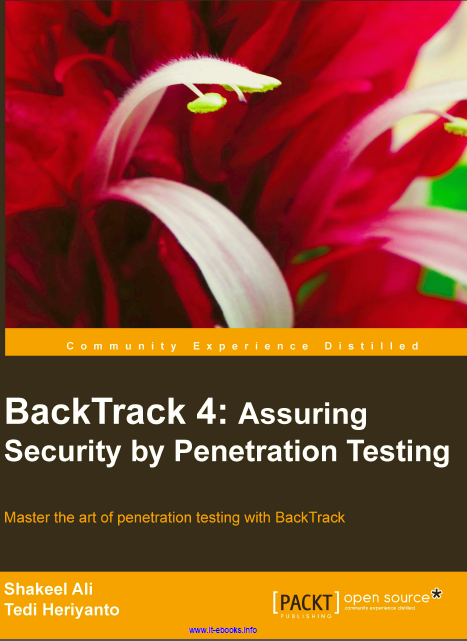This book contains instructions on how to perpetrate attacks with Kali Linux. These tasks are likely to be illegal in your jurisdiction in many circumstances, or at least count as a terms of service violation or professional misconduct. The instructions are provided so that you can test your system against threats, understand the nature of those threats, and protect your own systems from similar attacks.
The information security environment has changed vastly over the years. Now, in spite of having security policies, compliance, and infrastructure security elements such as firewalls, IDS/IPS, proxies, and honey pots deployed inside every organization, we hear news about how hackers compromise secured facilities of the government or of private organizations because of the human element involved in each activity.
Typically, employees are not aware of the tricks and techniques used by social engineers in which they can be used as mediators to gain valuable information such as credit card details or corporate secrets. The security of the entire organization can be at stake if an employee visits a malicious website, answers a social engineer's phone call, or clicks on the malicious link that he/she received in their personal or company e-mail ID. This book discusses the different scenario-based social engineering attacks, both manual and computerized, that might render the organization's security ineffective.
This book is for security professionals who want to ensure the security of their organization against social engineering attacks. TrustedSec has come up with the wonderful tool Social-Engineering Toolkit (SET) with the vision of helping security auditors perform penetration testing against social engineering attacks. This book sheds light on how attackers get in to the most secured networks just by sending an e-mail or making a call.















